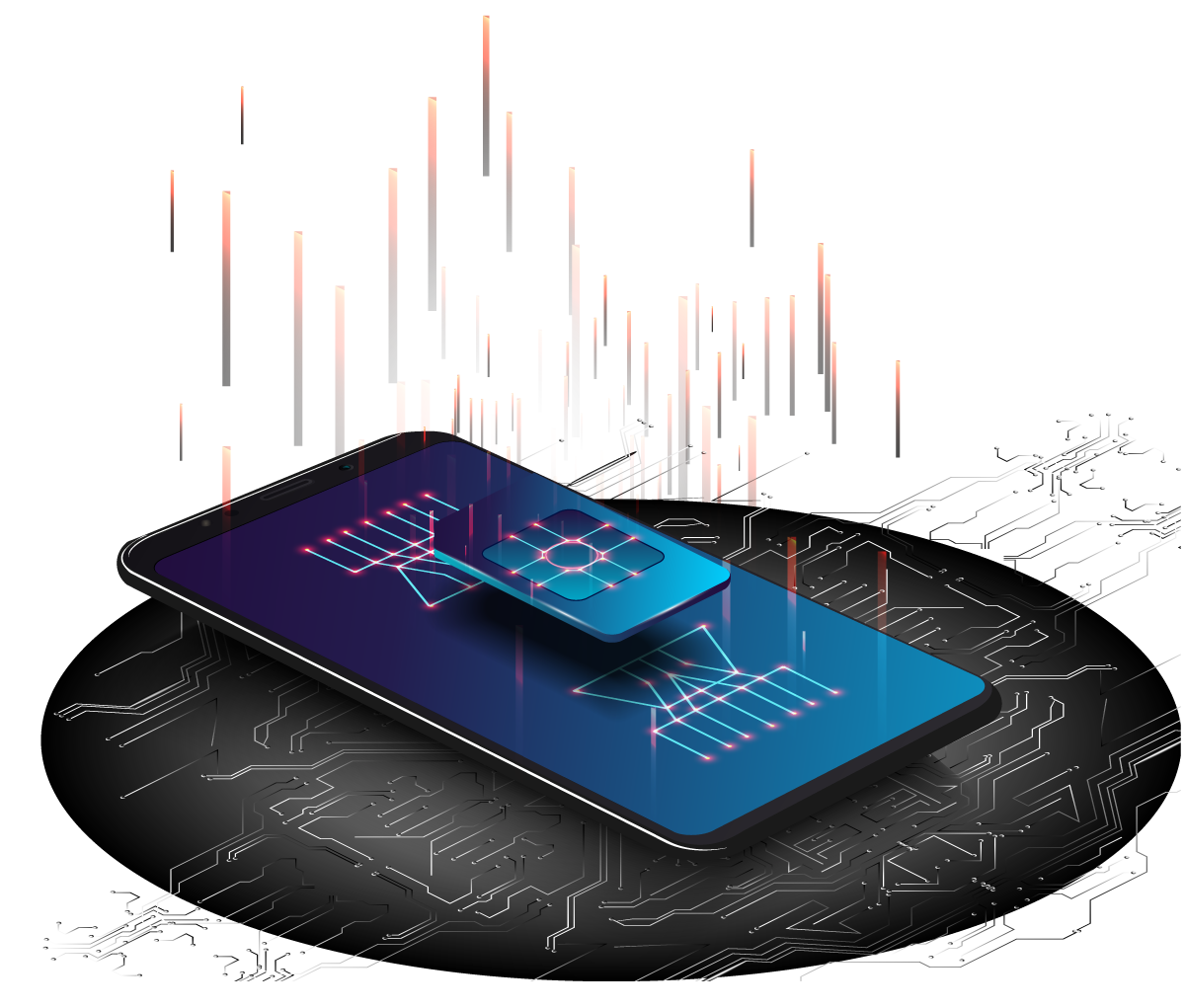
Optimise your business operations with IoT solutions powered by LoRaWAN technology.
Long Range Wide Area Network (LoRaWAN) connects Internet of Things (IoT) applications across various sectors, including environmental monitoring, smart buildings, manufacturing, utilities, logistics & transportation.

IoT solutions using LoRaWAN technology can optimise performance & provide value by monitoring the below activities.







LoRaWAN enables IoT devices to connect to the internet and transmit sensor data to network gateways. It is ideal for transmitting small amounts of data on a low frequency basis as it uses less power than a Wi-Fi connection.
A full end-to-end LoRaWAN solution can add value to your business operations, helping to deliver:


Examples of use cases for LoRaWAN/IoT applications
Damp & mould protection:
Using temperature and humidity sensors, protection from respiratory issues, infections & allergies.
Legionnaire monitoring:
Huge savings on manual monitoring across buildings & cities (outside toilets etc.), automation of due diligence reporting.
Heating:
Thermostatic Radiator Valves facilitate temperature control of individual rooms. Ability to detect open windows & non-occupied rooms.
High Energy Devices:
Monitoring high energy consuming devices & assessing predicted & actual consumption, supported by proactive fault identification.
Streetlights:
Checking & controlling light usage, delivering substantial energy savings by improving light levels at pedestrian level.
Bin monitoring:
Delivering savings of up to 1 /4 of fuel costs & significantly reducing carbon emissions. Service improvements include: bins are emptied on an as-&-when required basis, route distances are optimised.
Space utilisation:
Monitoring buildings & other spaces to assess usage to support repurposing / selling / renting these areas, creating an alternative revenue stream.
Proactive monitoring:
Actively assessing air quality, HVAC & security systems can help to reduce energy costs by 10 - 30%.
Early identification of maintenance issues
Contributes to insurance cost savings, avoiding expensive repairs - powered by predictive fault detection systems. Leak detection & risk mitigation can lower insurance premiums by 5 - 15%.
Optimising energy efficiency
Dynamic occupancy monitoring to control & measure temperature, lighting & heating.
